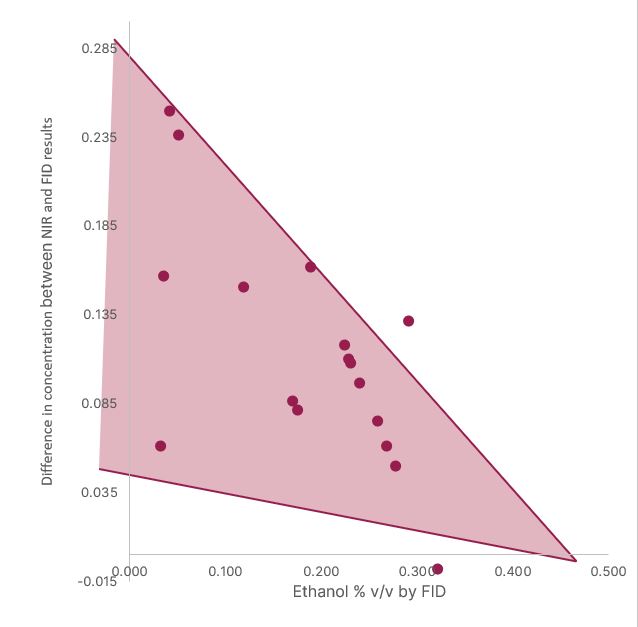Technical Review No. 261, December 2022
Laura Bey, Rachel West, Simone Madaras, Eric Wilkes
Introduction
While the no- and low-alcohol (NOLO) wine category accounts for a relatively small proportion of global consumption, it has shown significant growth over the past few years, expanding annually by 25% between 2015 and 2020 (Wine Australia 2021). Consumers are interested in wines that contain all the aroma, flavour and texture of traditionally produced alcoholic beverages but with little or no alcohol.
The international regulation of wines in this category is a new area for many producers to navigate, with different taxation and labelling regimes applying in some markets depending on alcohol content. There is significant variation between different markets on how to define no- and low–alcohol wine, including the acceptable percentage of residual alcohol. Most regulatory environments refer to the concentration of alcohol in a product rather than the concentration of ethanol when defining categories or determining taxation rates. This does not pose an issue for traditional wines where the concentrations of alcohols other than ethanol are insignificant. However, in no- and low-alcohol products, the other alcohols can make up a significant amount of the alcohol measured by traditional methods. As such, being able to accurately measure ethanol in no- and low-alcohol products is very important, and not necessarily as simple as just applying the same methods as used in traditionally produced wines. For example, while near infra-red (NIR) spectroscopy is both the most common and the most accurate method regularly used to measure ethanol in wine in Australia (Wilkes and Pride 2022), at low ethanol concentrations, the measurement of ethanol by NIR may be subject to interference from other higher alcohols such as propanol and butanol. To address this challenge, the Affinity Labs team adapted a well-established method using gas chromatography flame ionisation detection (GC-FID) to quantify very low ethanol levels in no-alcohol wines and then compared it with the more common NIR method.
Comparing the two methods
Eighteen no-alcohol wines were purchased from commercial outlets covering a range of varieties and styles. All the wines selected were labelled variously as zero alcohol, non-alcoholic, alcohol free, alcohol removed or dealcoholised wine. They included six red wines, three rosé wines, seven still white wines and two sparkling white wines, with sixteen of the wines from Australia and two from other countries.
The wines were analysed using both the GC-FID method and the standard NIR method and the results were compared. The NIR results were found to be consistently higher than the results from the GC-FID method (Figure 1). However, as the ethanol level increased, results from the two different techniques converged, with comparable results achieved for wines with ethanol concentrations greater than 0.3% v/v. This suggests that NIR may be overestimating ethanol results at very low levels (likely due to interference from higher alcohols), but this interference is immaterial in wines with higher ethanol concentrations.

Figure 1. Comparison of data from two methods (NIR and GC-FID) for analysing no- and low-alcohol wines
Conclusions
Based on this comparison, the GC-FID method provides a more selective and accurate technique for quantifying ethanol in NOLO wines than the more common NIR method, particularly at the very low end of ethanol concentrations. Within Australia, the Food Standards Code has requirements of alcohol concentrations <0.5% or <1.15% for certain labelling representations (Wine Australia 2022), which means accurate analyses at low concentrations is important to ensure compliance. NOLO wines being exported to overseas markets also face a range of regulatory requirements based on alcohol concentration.
References
Wilkes. E.N., Pride R. 2022. Comparison of common methods for measuring alcohol in wine. AWRI Tech. Rev. 257: 5-9.
Wine Australia. 2021. Market bulletin 247: When less is more. Available from https://www.wineaustralia.com/news/market-bulletin/issue-247
Wine Australia. 2022. Low alcohol wine. Available from: https://www.wineaustralia.com/labelling/low-alcohol-wine

This work is licensed under a Creative Commons Attribution-NonCommercial-NoDerivatives 4.0 International License.

